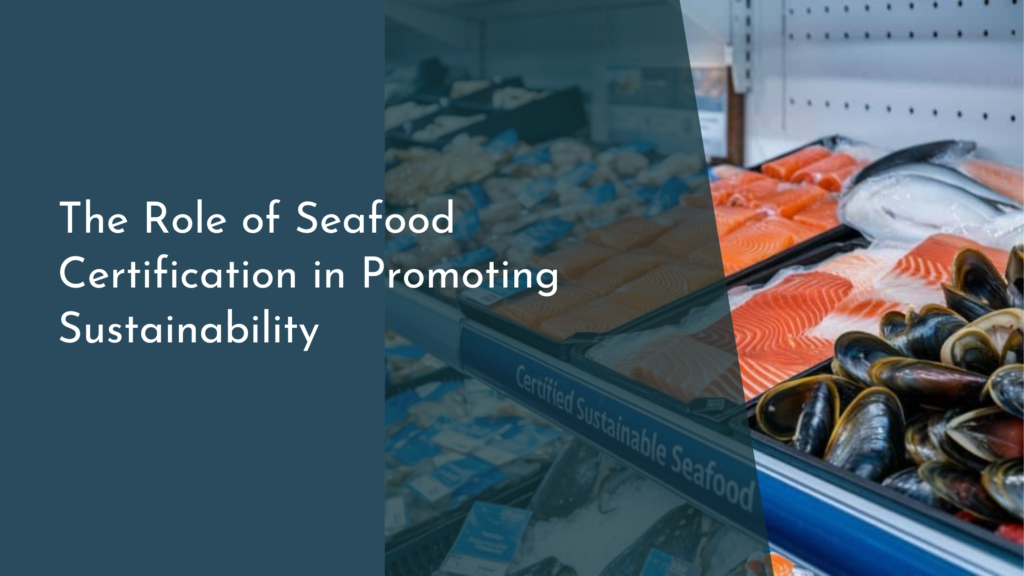Case Studies: Communities Facing Sea Level Rise
Sea level rise is no longer a distant threat hanging over our future; it is a present-day challenge impacting communities around the globe. As glaciers and ice sheets melt and ocean waters expand, coastal areas are experiencing the direct consequences of climate change. While the challenges are significant, many communities have responded with innovative strategies and adaptations. This article delves into case studies of communities facing sea level rise, exploring the impacts, strategies for combat, successful adaptations, and invaluable lessons learned for future resilience.
Understanding Sea Level Rise and Its Impacts
Sea level rise is primarily driven by two factors: the melting of ice sheets and glaciers, and the thermal expansion of seawater as it warms. As global temperatures increase, these phenomena contribute to the rising levels of oceans, which in turn threaten coastal communities with more frequent flooding, erosion, and saltwater intrusion into freshwater supplies. According to the Intergovernmental Panel on Climate Change (IPCC), sea levels could rise by up to a meter by 2100 if significant mitigation efforts are not implemented. These changes pose existential threats for low-lying areas and island nations, where vital infrastructure, homes, and livelihoods are at risk.
The impacts of sea level rise extend beyond physical damage. Economically, it can disrupt trade, tourism, and fisheries, leading to job losses and financial instability. Socially, communities face challenges such as displacement and loss of cultural heritage. For instance, the indigenous communities in Alaska are experiencing unprecedented changes to their environment, affecting their traditional ways of life. The psychological stress of potential relocation and the destruction of homes adds another layer of complexity to the impacts of rising seas. Recognizing these multifaceted challenges is the first step towards developing effective strategies for resilience.
Strategies Communities Use to Combat Rising Waters
Communities around the world have implemented a variety of strategies to combat the threat of rising sea levels. One common approach is the construction of physical barriers, such as seawalls, levees, and dikes, designed to hold back advancing waters and protect valuable land. For example, the Netherlands has long been a leader in sea defense, utilizing an intricate system of dikes and floodgates to manage water levels and prevent flooding. These structures have proven effective in mitigating immediate threats but often require significant investment and maintenance.
In addition to physical barriers, some communities are embracing "soft" solutions, such as restoring natural coastal ecosystems like mangroves, marshes, and dunes. These natural barriers can absorb the impacts of rising tides and storm surges while providing habitats for wildlife. Cities like New York have invested in projects that integrate green infrastructure with urban design, creating beneficial buffers against flooding. By prioritizing sustainable development and environmental restoration, communities can enhance their resilience to sea-level rise while also promoting biodiversity and recreational opportunities.
Successful Adaptations in Vulnerable Areas
Several communities have demonstrated success in adapting to the challenges posed by sea level rise. The city of Rotterdam in the Netherlands, for example, has implemented a comprehensive water management plan that combines innovative engineering with urban planning. The city has constructed water plazas that double as public spaces and stormwater retention areas, reducing the impact of heavy rainfall and rising tides. This approach not only protects the city but also enhances the quality of urban life for its residents, turning a potential threat into an opportunity for community enrichment.
Similarly, the Pacific Island nation of Kiribati has pursued a strategy known as "migration with dignity." Recognizing the long-term threat of sea level rise, Kiribati has invested in education and skills development to prepare its citizens for potential relocation. By fostering international partnerships and focusing on sustainable development, Kiribati aims to secure a future for its people even if their homeland becomes uninhabitable. These cases highlight the importance of forward-thinking and adaptive strategies in building resilience against environmental changes.
Lessons Learned and Future Steps for Resilience
The experiences of communities facing sea-level rise offer invaluable lessons for others confronting similar challenges. One major takeaway is the importance of integrating multiple approaches and planning for the long-term. While technology and engineering can provide immediate relief, sustainable and nature-based solutions offer lasting benefits. Collaborative efforts that involve local governments, communities, and international partners can leverage diverse expertise and resources, maximizing the effectiveness of adaptation measures.
Looking ahead, communities must prioritize education and communication to foster public understanding and engagement regarding sea-level rise. By raising awareness and facilitating dialogue among stakeholders, communities can empower individuals to take part in resilience-building activities. Policy frameworks that emphasize climate adaptation and risk reduction are crucial for guiding these efforts. As we move forward, embracing innovation, cooperation, and adaptability will prove essential in safeguarding our coastal communities against the rising tides.
While the threat of sea level rise is formidable, it is also an opportunity to innovate and adapt. Through a combination of engineering, ecological, and social solutions, communities can build resilience and thrive in the face of climate change. The success stories and lessons from around the world provide a blueprint for others to follow. By sharing knowledge and fostering collaboration, we can ensure a sustainable future for generations to come, demonstrating that even in the face of uncertainty, human ingenuity and determination can prevail.

